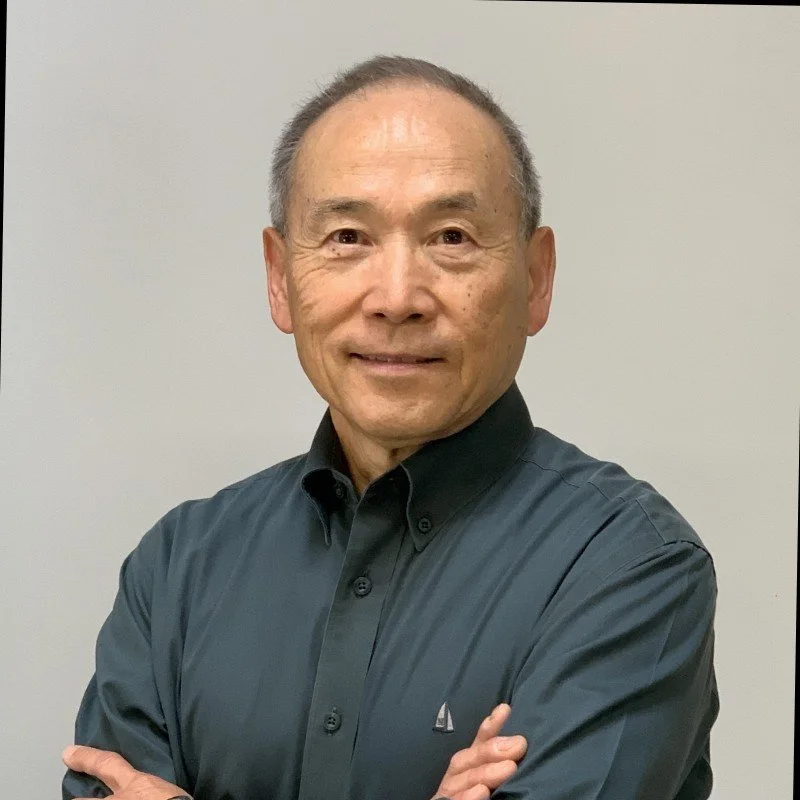184: Dr. Gioia Massa’s Experiments in Space will Definitely Grow on You
A continuous source of nutritious food is essential for long-duration exploration missions, and the typical pre-packaged astronaut diet will need to be supplemented by fresh foods produced in space. Researchers at NASA have been testing a plant growth unit on the International Space Station known as Veggie and have successfully grown a variety of leafy greens. Veg-05, the next step in that work, focuses on growing red dwarf tomatoes! Today on the show, Beth is joined by NASA Life Sciences project scientist and VEG-05 principal investigator Dr. Gioia Massa. She and her team are testing tomatoes, looking at the impacts of light spectrum on how well the crop grows, how delicious and nutritious the tomatoes are, and the microbial activity on the fruit and plants! The Veg-05 experiment will help provide valuable data for future space exploration, and examines the overall effect of growing, tending, and eating crops on crew behavioral health. There’s lots to learn in this episode of Casual Space Podcast with Dr. Gioia Massa!
Oh, and check out this competition for kids to create the next Veggie Mission patch! https://fairchildgarden.org/science-and-education/learn/the-fairchild-challenge/national-challenge-main-page-nasa-patch/
A great article from NASA highlighting the details regarding the various experiments launching to the International Space Station on the SpaceX CRS-26 mission: https://www.nasa.gov/mission_pages/station/research/news/spacex-26-science-highlights/
About Gioia Massa – Project Scientist, Kennedy Space Center… in her own words:
“When I was 12, I decided I wanted to grow plants in space. It only took, well, a while to get there, but it was an interesting journey. I have always liked plants – both my mother and grandmother taught me to love gardening. As a kid, however, I was horse-crazy, and when I had the opportunity to take an agriculture class in 7th grade and join the horse judging team in FFA, I was thrilled. Well, I was an awful judge of horses – I just picked the pretty ones with nice manners, and I had no sense of good form. Happily, I also tried horticulture judging and plant identification, and I loved it. I was lucky enough that my agriculture teacher was selected to participate in a workshop at KSC and EPCOT center called “energize the green machine”; it was all about NASA’s research toward growing food in space. He captured 40 hours of video on space plant growth and I sat mesmerized throughout. I was hooked.
And I persisted, doing hydroponic projects in high school (DeLand, FL) and college (Cornell), working in plant labs, participating in the Space Life Sciences Training Program at KSC (both as a student and as a counselor), going to graduate school (Penn State) to study plant responses to gravity, participating in a student shuttle flight experiment, doing a postdoc on bioregenerative food production (Purdue) in advanced life support systems, and spending way too much time in rooms with strange purple lights. A few stubborn decades of gradual progress later, after fantastic mentors helped me at every level, I began at KSC, first as a NASA postdoctoral fellow and then as a NASA Project Scientist in ISS Ground Processing and Research. My postdoctoral work at KSC focused on the Veggie plant growth system, and since joining NASA I have been leading the science team to test the Veggie hardware on ISS.
My research with Veggie and other systems focuses on addressing the questions of which plant production techniques and technologies will be effective at producing quality, tasty food to supplement packaged diets in the near term, and to play a larger role in bioregenerative life support in the long term. Plants can be a source of food for the crew, and also can be involved in recycling the atmosphere and water processing. Plants can also have psychological benefits for the crew. But there are a number of challenges in microgravity and planetary habitats that need to be worked out before we can safely and efficiently produce fresh vegetables for the crew; those are what I research. The behavior of fluids, gasses, and thermal gradients make growing plants in microgravity challenging. Reducing the energy needs for electric lighting and increasing crop productivity are very important factors for long-duration growth, and testing emerging technologies can provide novel solutions. Ensuring microbiologically safe food that also has high levels of specific nutrients and tastes good at the same time requires a lot of testing, time, and resources. Since plants are so dependent on their environment, the number of potential variations is infinite, so narrowing of scope can also provide a challenge.
My research is designed to give residents at a habitat on Mars in the future a better quality of life in that extreme environment. They will not only have fresh, nutritious food to eat, but they will also be able to enjoy the sight, smell, and taste of green plants. Those plants will produce food for the crew, recycle their atmosphere, and possibly even help with cleaning their water. My research will help to enable NASA’s grand challenge of space colonization as humanity transitions from a planet-bound to a spacefaring civilization. I am honored to be a part of the NASA team working toward this dream.”
Related Episodes
WHERE TO LISTEN












